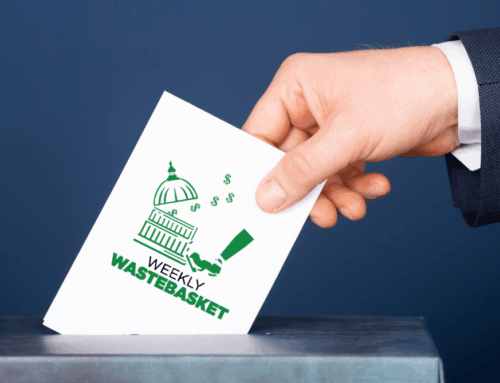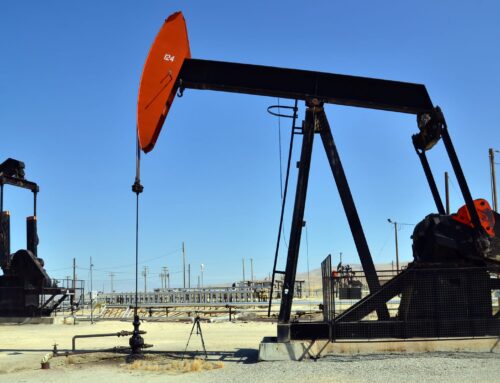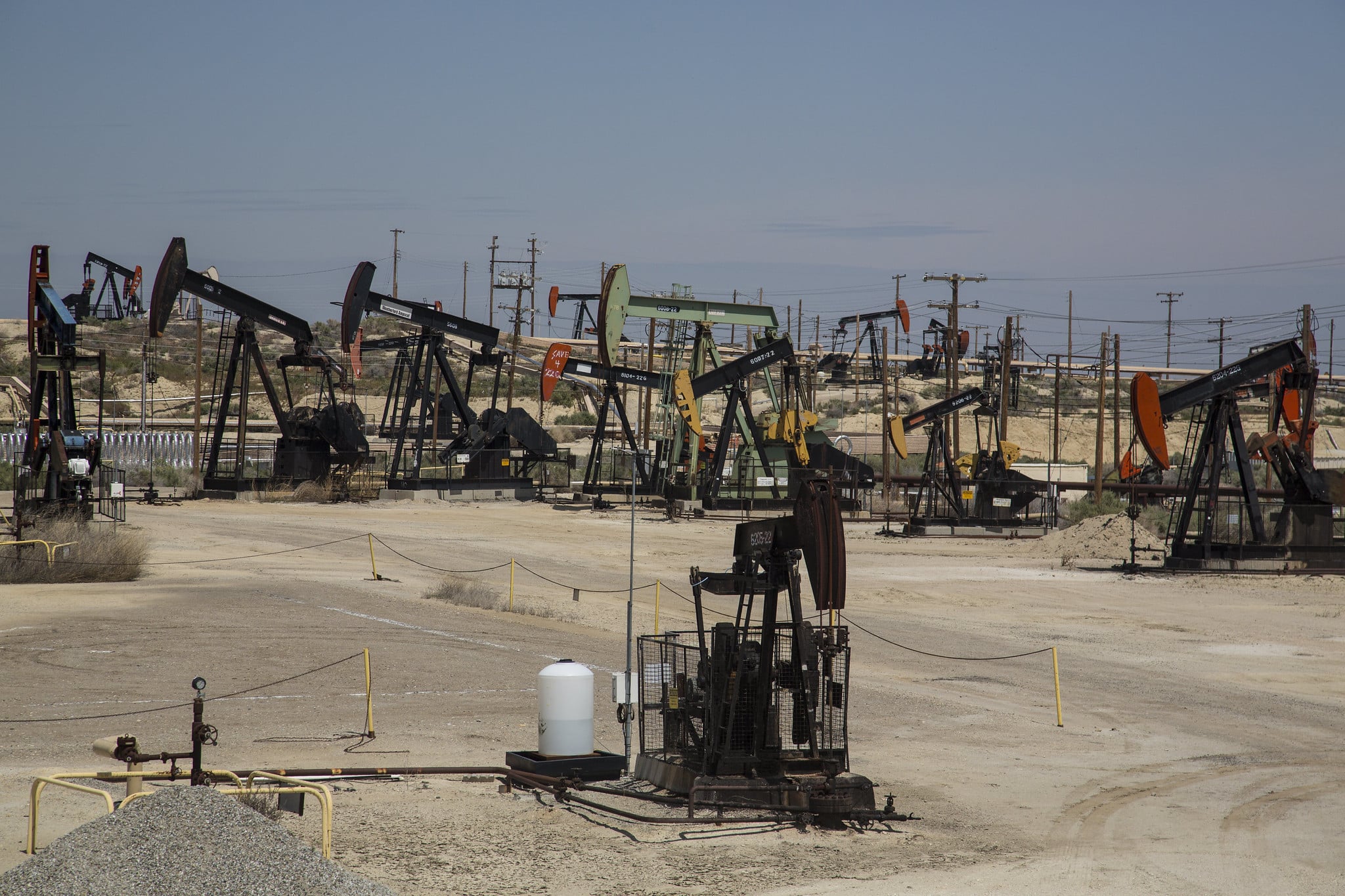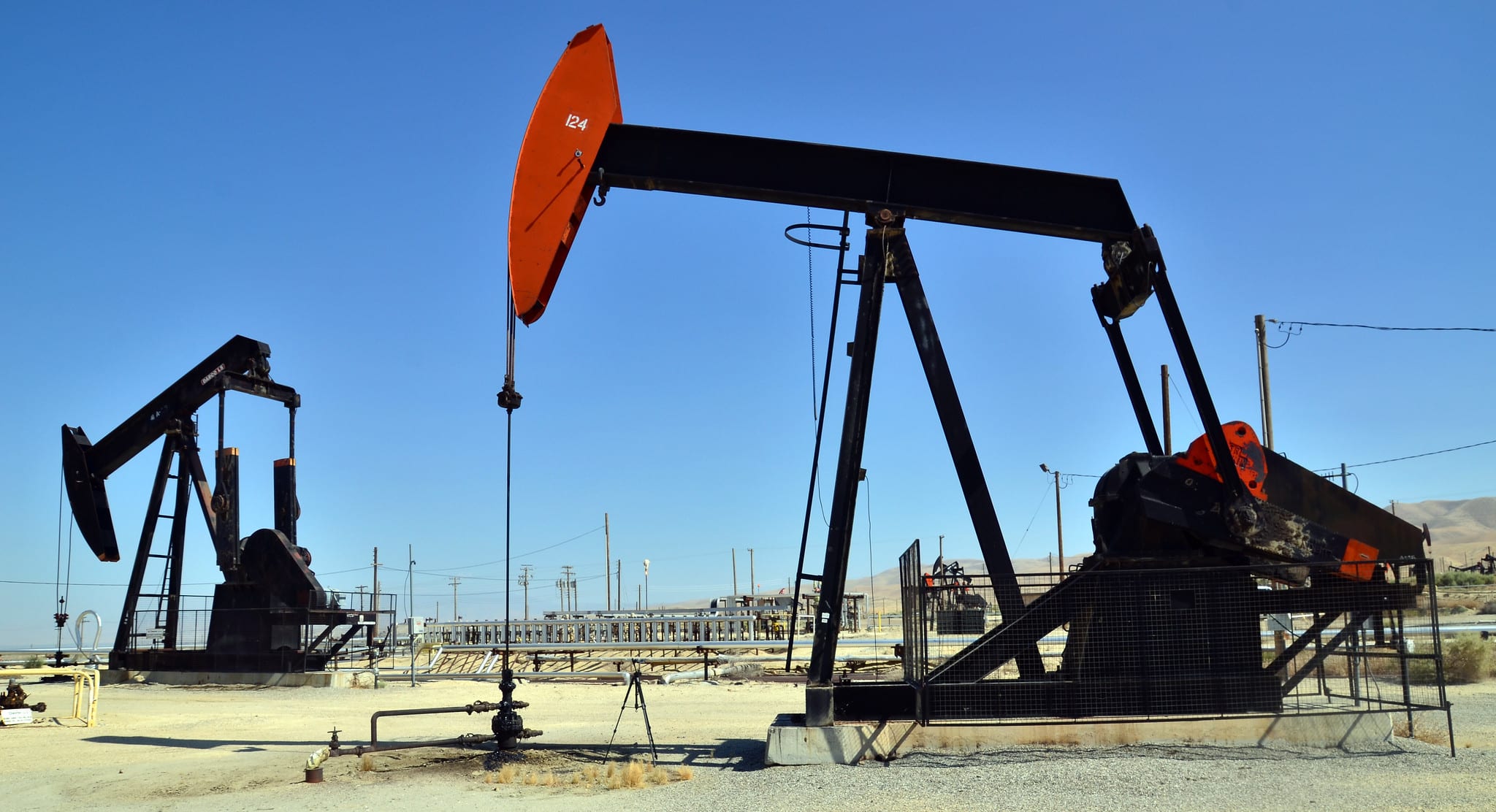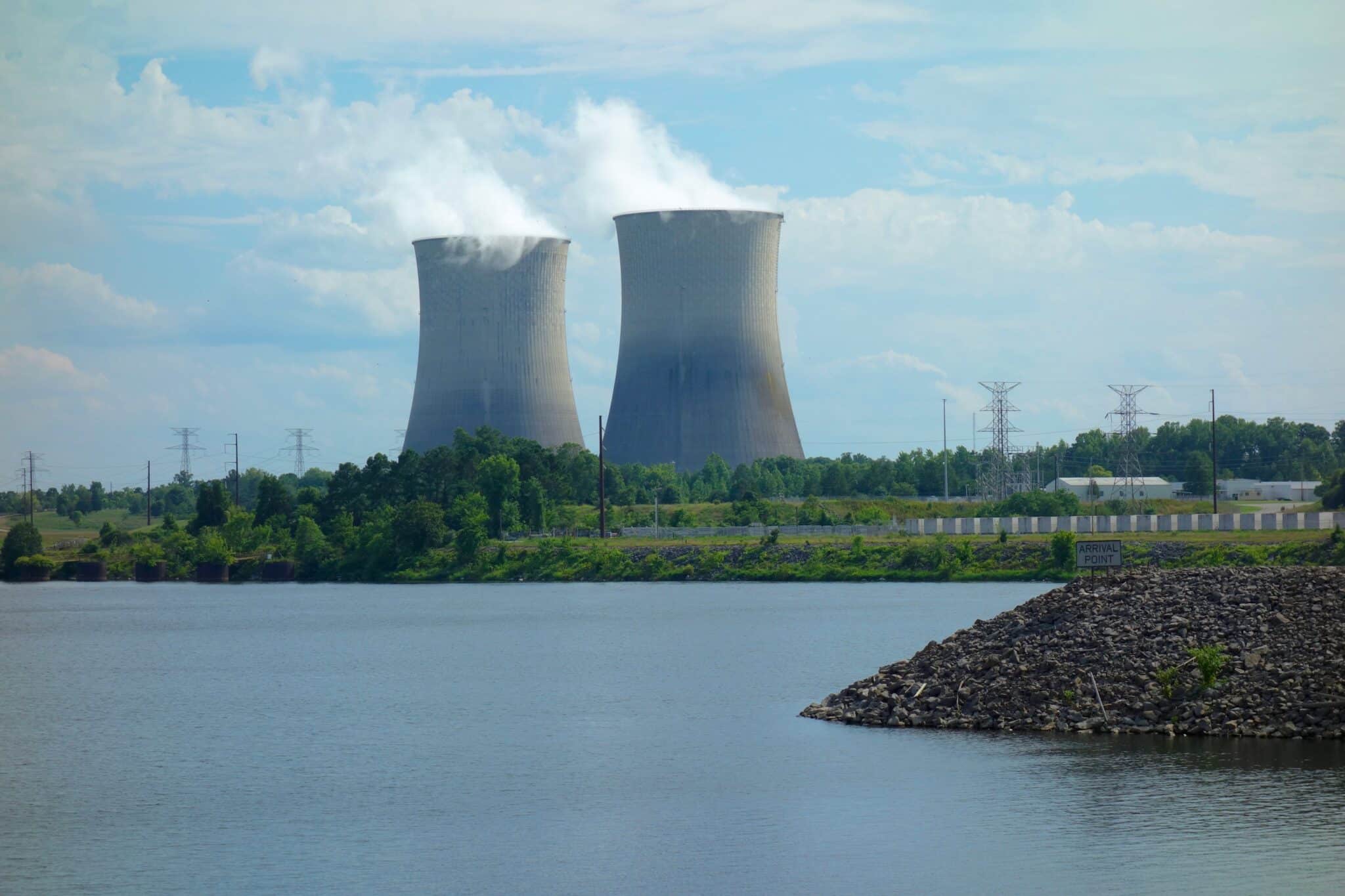Early this year wildfires exacerbated by hurricane-force Santa Ana winds tore through Southern California, forcing thousands to flee their homes and claiming dozens of lives. The January devastation was not an anomaly, but rather part of a troubling trend. Since 2017, the state has experienced 13 of the 20 most destructive wildfires in its history. The 2020 California wildfire season was the largest recorded in the state’s modern history, burning 4.2 million acres—over 4% of California’s total land area. Furthermore, the total area burned in 2020 and 2021 was over ten times greater than the average from 1878 to 2011.iv Yet this “anomaly” in burned acreage actually matches the state’s pre-1800s historical fire regime of approximately 4.5 million acres. The key difference between then and now is the state’s growing population, which has pushed development into the wildland-urban interface (WUI) and put more homes and lives in harm’s way.
California is the most populated state in the nation and facing some of the most significant wildfire risk. But the impacts expand far beyond the state’s border. The federal government plays a significant role in mitigating risk, fighting fires as they burn, and helping communities recover. Decisions made in California and in Washington can help create, cultivate, and shepherd improved outcomes for directly impacted communities and taxpayer pocketbooks alike.
At both the state and federal level the need for innovative solutions and adaptive strategies has never been more urgent. The Golden State’s wildfire problem is harbinger of the challenges facing communities in Colorado, Oregon, Arizona, and nationwide. Understanding the complex array of factors behind these infernos is the first step in forging a path through the smoke and flames towards a more resilient future.
- Photo by Thom Milkovic on Unsplash

